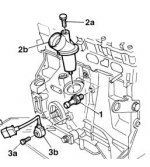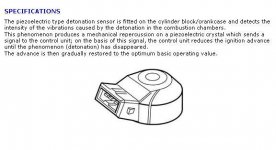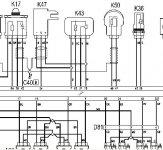Hi
Just wondered if anyone else has come across this problem, i have a 02 1.6v stilo with the engine fault light on, i have been told the code's it is saying are P1325 and P0325. Does anyone know what this means, can still drive but the car loses power quite quickly......any advice would be great.
Just wondered if anyone else has come across this problem, i have a 02 1.6v stilo with the engine fault light on, i have been told the code's it is saying are P1325 and P0325. Does anyone know what this means, can still drive but the car loses power quite quickly......any advice would be great.





